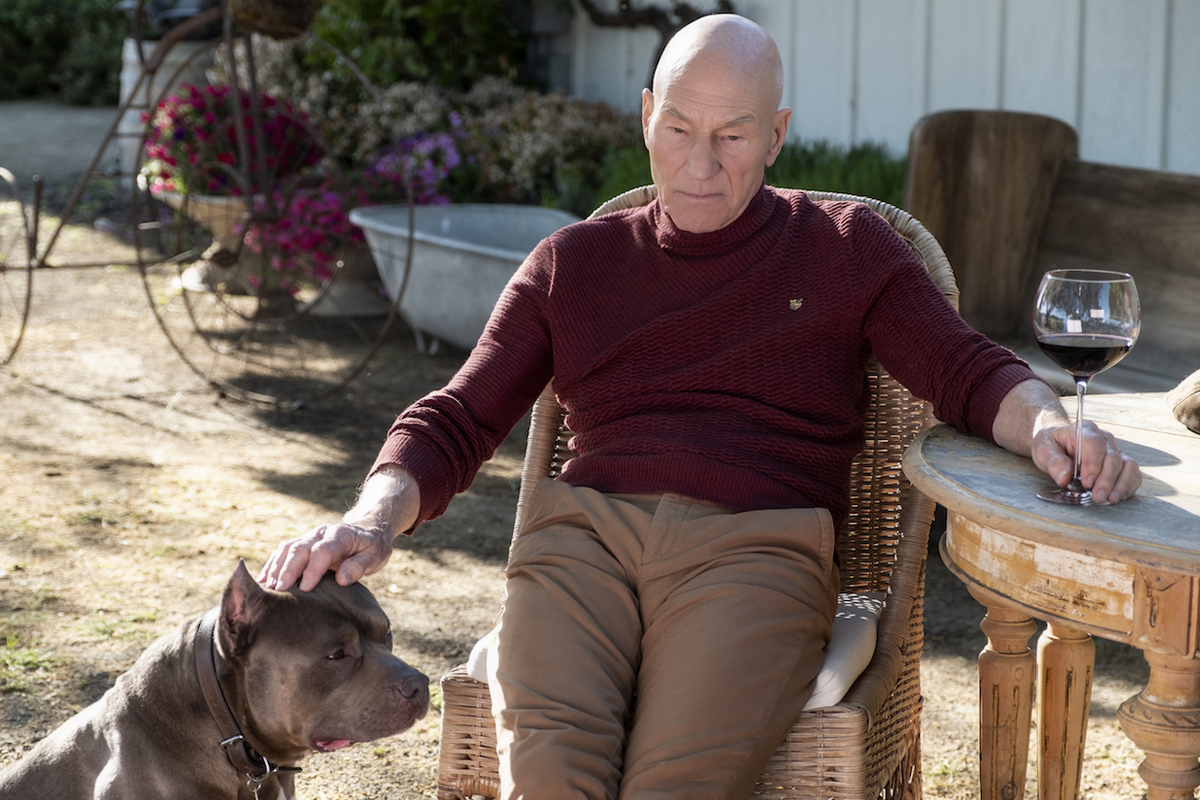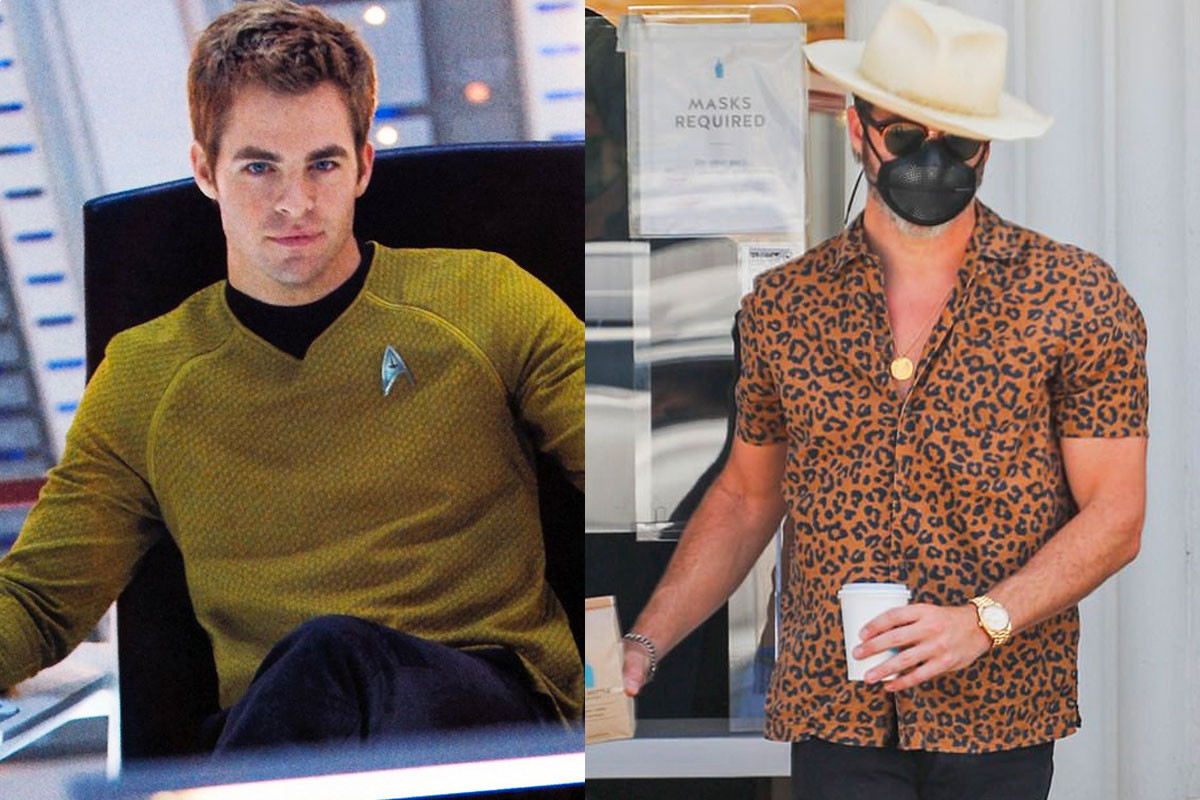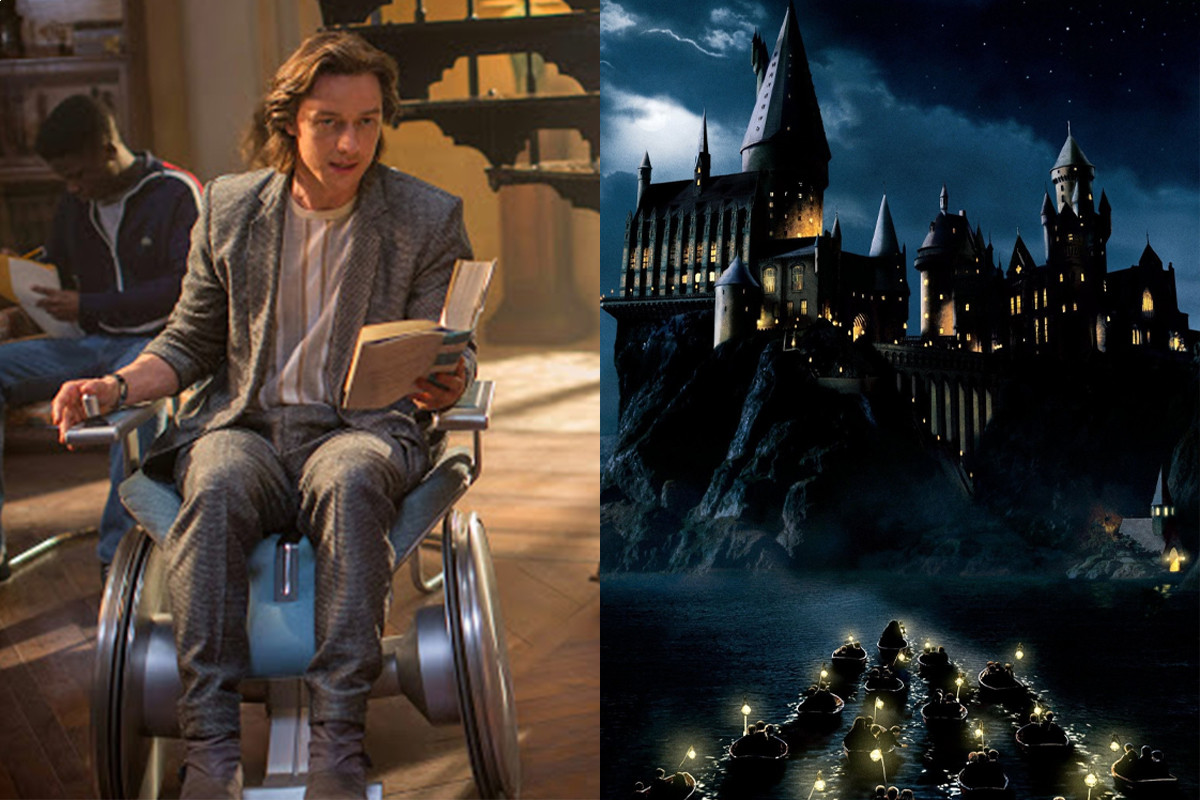Star Trek: Picard wrapped its first season by pushing the character thematically and emotionally to places he's never b...
- Chris Pine rocks leopard print shirt and gold medallion in Los Feliz
- 6 cool fictional high schools everyone wish they could attend
Star Trek: Picard wrapped its first season by pushing the character thematically and emotionally to places he's never boldly gone before. Especially the afterlife.
"Et in Arcadia Ego, Part 2," written by Michael Chabon and directed by Akiva Goldsman, ends with Picard in a new biologic-android hybrid body after the retired Starfleet officer led a daring effort to save a race of synthetics from the Romulans that fear and hate them. Stewart tells The Hollywood Reporter that his character's sacrifice proved very satisfying from an acting standpoint, even if he didn't know that Picard was going to die until late into the season's production.
"I was looking forward to it, not just because I get to work with my friend Brent (Spiner) again," Stewart shares, "but because the content of the scene was so serious, given that Picard - he knew this would probably be the last time he would ever see his friend."
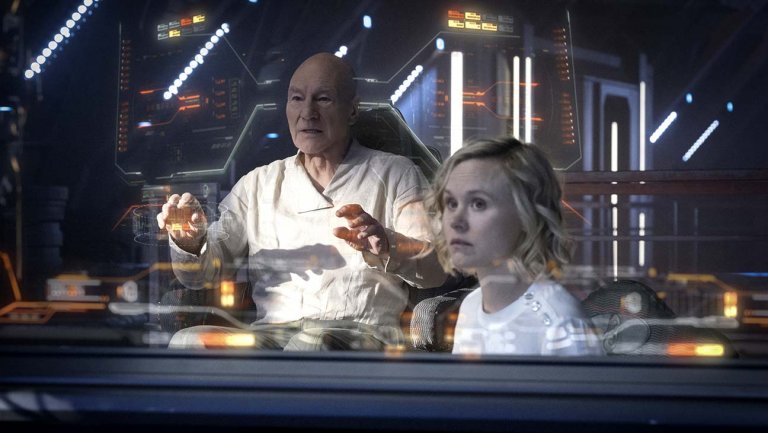
As heavy as the six-minute scene between Data (Spiner) and Picard was, it was vital for Stewart to inject the rest of the season leading up to it with a strong dose of comedy.
"I wanted to find some humor for the character, particularly since he was going to have a very different impact on audiences than he had in Next Generation," says Stewart. "When we first encounter him in the first episode of Picard, he was bored. Depressed. And, more importantly, feeling guilty. Guilty over his failure years ago, to give the Romulans a new home. And guilty, obviously, over the death of Data [in Star Trek: Nemesis] as he felt responsible for it and that he should have died in Data's place."
The humor Stewart liked most was the incidental kind. The more subtle, the better. For example: It was Stewart's idea to change his character's popular "tea, earl grey, hot" food replicator order to "tea, earl grey, decaf — Which I enjoyed saying."
Stewart also enjoyed reflecting on his long career in Star Trek, as wrapping up the first season seemingly put him in a nostalgic mood. After more than 30 years playing this character, there are still a few stories from his Star Trek: The Next Generation days that he claims he's never told anyone before.
One concerns how he added the chair Picard sits in during his final scene with Data (which THR reported in part one of a post-mortem chat with Picard). Another concerns the origins of one of Picard's most famous catchphrases - "Make it so" - which Dr. Agnes Jurati (Allison Pill) says in "Part 1" of the finale instead of Picard.
"That was one of Gene Roddenberry's many wonderful contributions to Star Trek," Stewart explains. "When Gene was in [the military], he had a senior officer who used that phrase all the time. And Gene never forgot it, so he used it in The Original Series - though not as much. But it obviously became Picard's slogan in Next Gen."
One of Stewart's more infamous stories concerns his struggle to get his old TNG uniform.
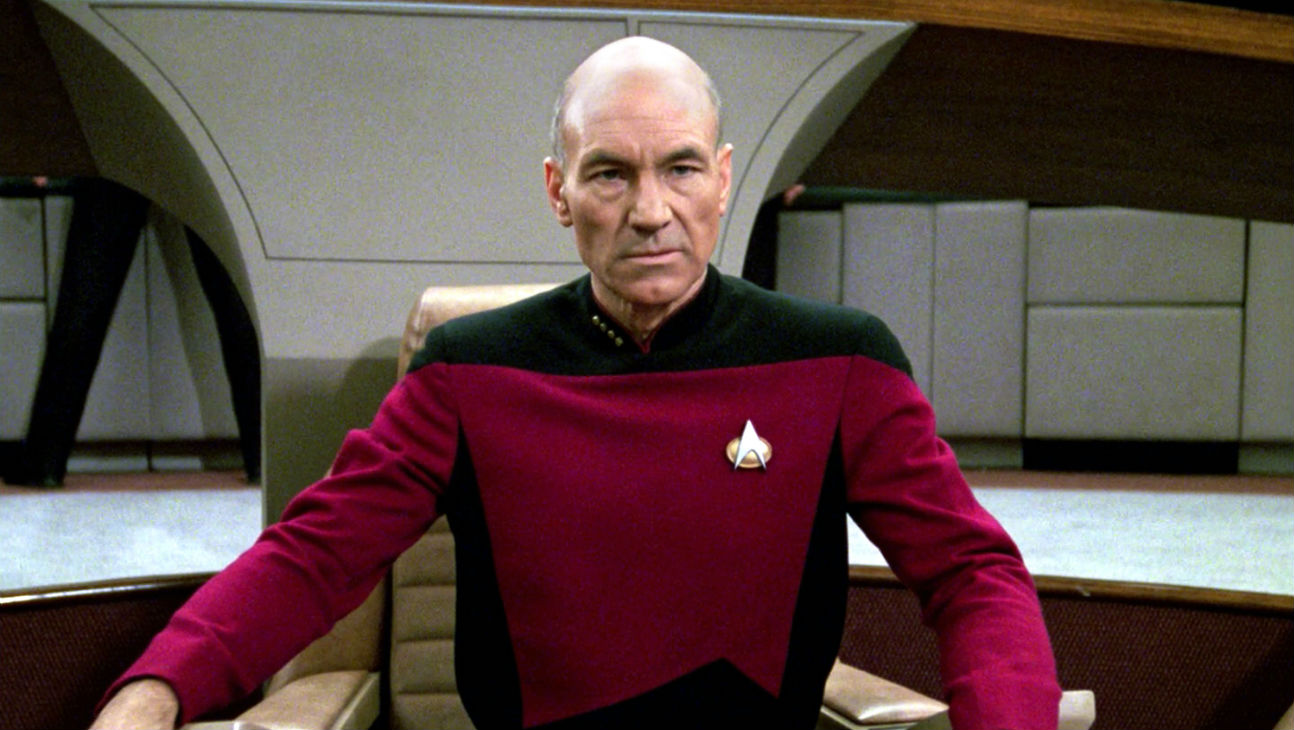
"I was kind of cross," Stewart recalls of his time nearing the end of production on TNG's series finale, "All Good Things…". "I had gone to the production office and said ‘Look: I would like to have one of my uniforms. And whatever it costs to make these uniforms, I will reimburse that cost.'" Much to his surprise and disappointment, "[Paramount] wouldn't sell it to me. Even though I had numerous uniforms."
He recounted this story on a talk show program he was a guest on and, when he appeared on it again some time later, the show had a surprise for him.
"I went on the same show to do an interview, and halfway through the interview I was told: ‘Oh, by the way, we have something for you.' And onto the set walked out an executive from Paramount, with my uniform in his hands." The chat show had reached out to Paramount, according to Stewart, and said "c'mon, guys! Give this chap his uniform." That uniform and the chair from Picard now resides in a room at Stewart's 200-year old house in England that he "never goes into much," but he tells THR that he sees it from time to time. While he has told this story before, the part he hasn't is the half-serious, half-joking promise he made to his wife soon after finally acquiring his piece of TV history.
"I often tease my wife that I will one day wake her up one morning wearing that uniform, since she grew up watching The Next Generation with her family," says Stewart.
While Stewart didn't go home with a uniform after wrapping "All Good Things…", he did literally pocket Picard's communicator badge almost in protest. He also made it a mandate that his next major acting gig would be far from science fiction.
"And that's how Jeffrey happened," Stewart says, referring to his 1995 dramedy that finds him playing a gay interior decorator with a partner afflicted with AIDS. "That was the first piece of work I did after I had wrapped our first Star Trek movie. I said to my agent ‘Now, I want you to find something that is as different from Star Trek as possible.' And he called me up and said ‘I think I got it.' I loved making that movie, and that script."
Speaking of his first Star Trek movie, 1994's Star Trek: Generations, one of Stewart's most vivid Trek experiences comes from the set of that film. Ironically, it concerns shooting the death of another iconic Trek captain: James T. Kirk (William Shatner).
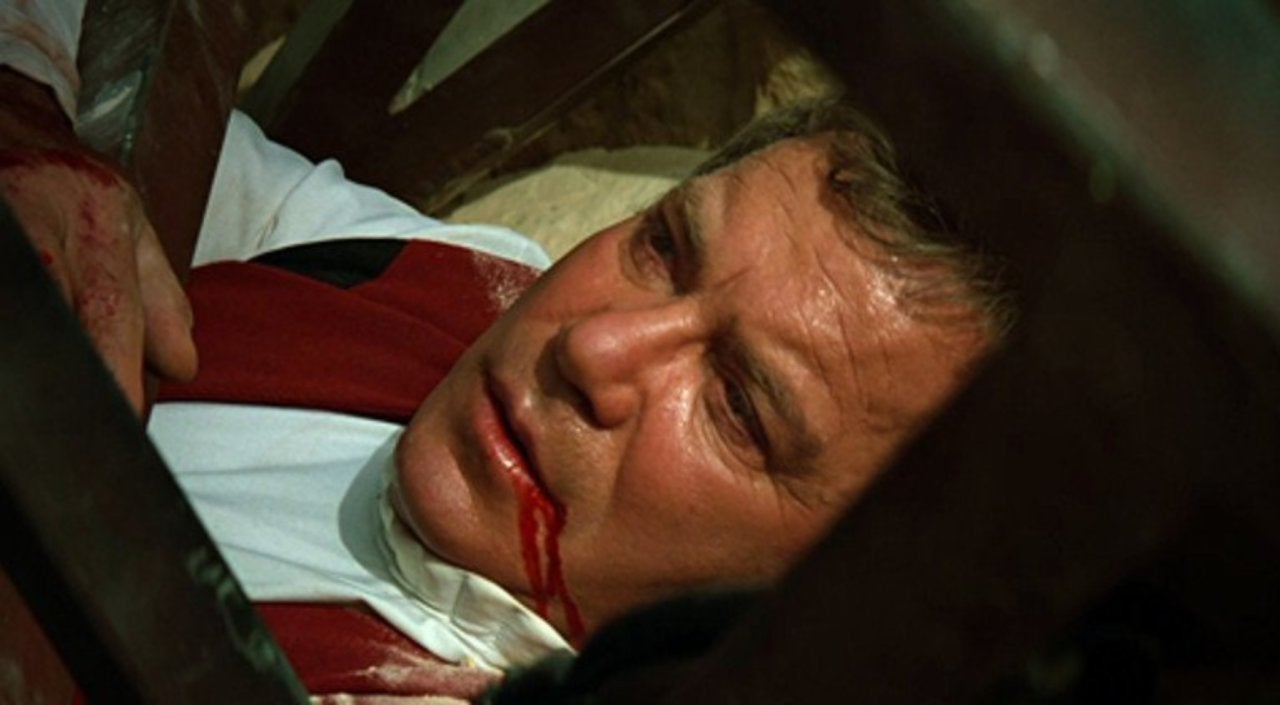
"I remember how unique that day was. We were shooting way out in the desert, 60 miles outside of Los Angeles in Nevada," Stewart says of the scene where Picard kneels over a dying Kirk after the two stopped Malcolm McDowell's villainous Soran from destroying an alien planet that Nevada's Valley of Fire doubled for. "Shatner and I, we were literally on the very top of a mountain and the temperatures were brutal."
Kirk's death was reshot in August 1994, after test audiences were soft on the original version of the scene. The movie would be released three months later, on November 17, which put the production on a rushed schedule to complete the scene. Despite the time crunch and stress therein, Stewart was able to stay mindful of how important this moment in the franchise was.
"It was an extremely potent moment, I have to say. Working with Bill, and being present when Captain Kirk finally came to an end. It was a great privilege."
